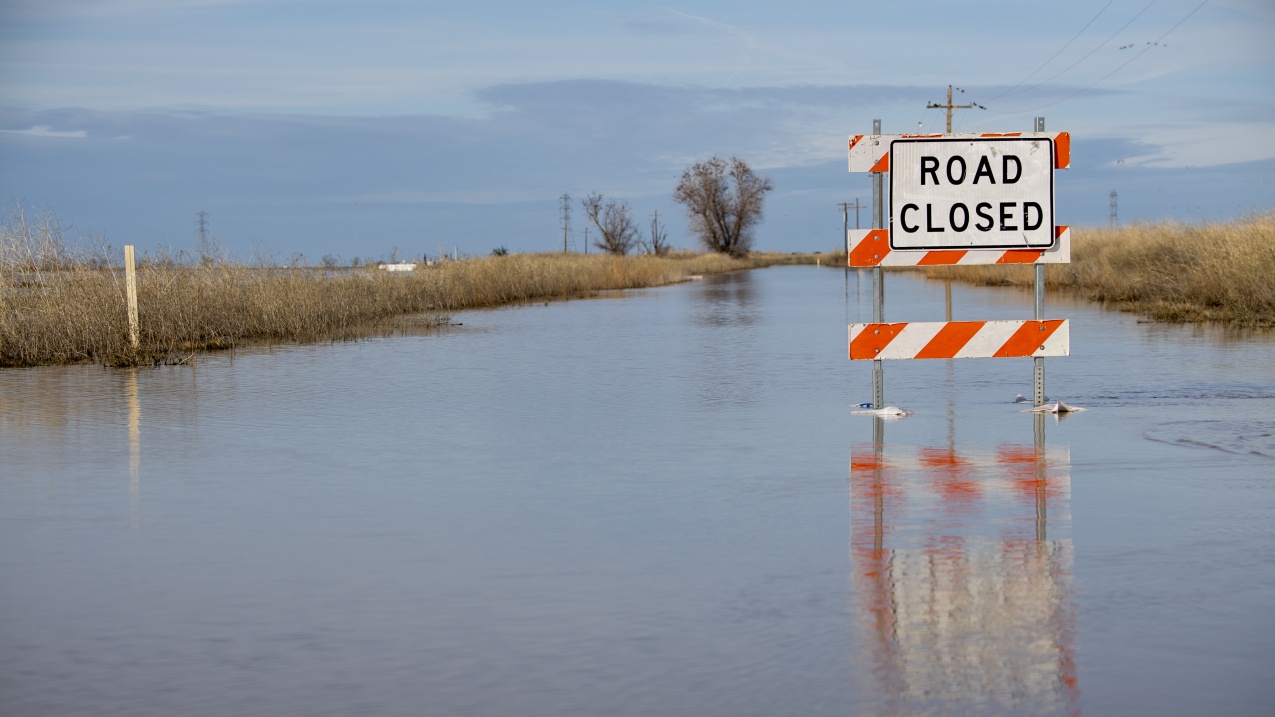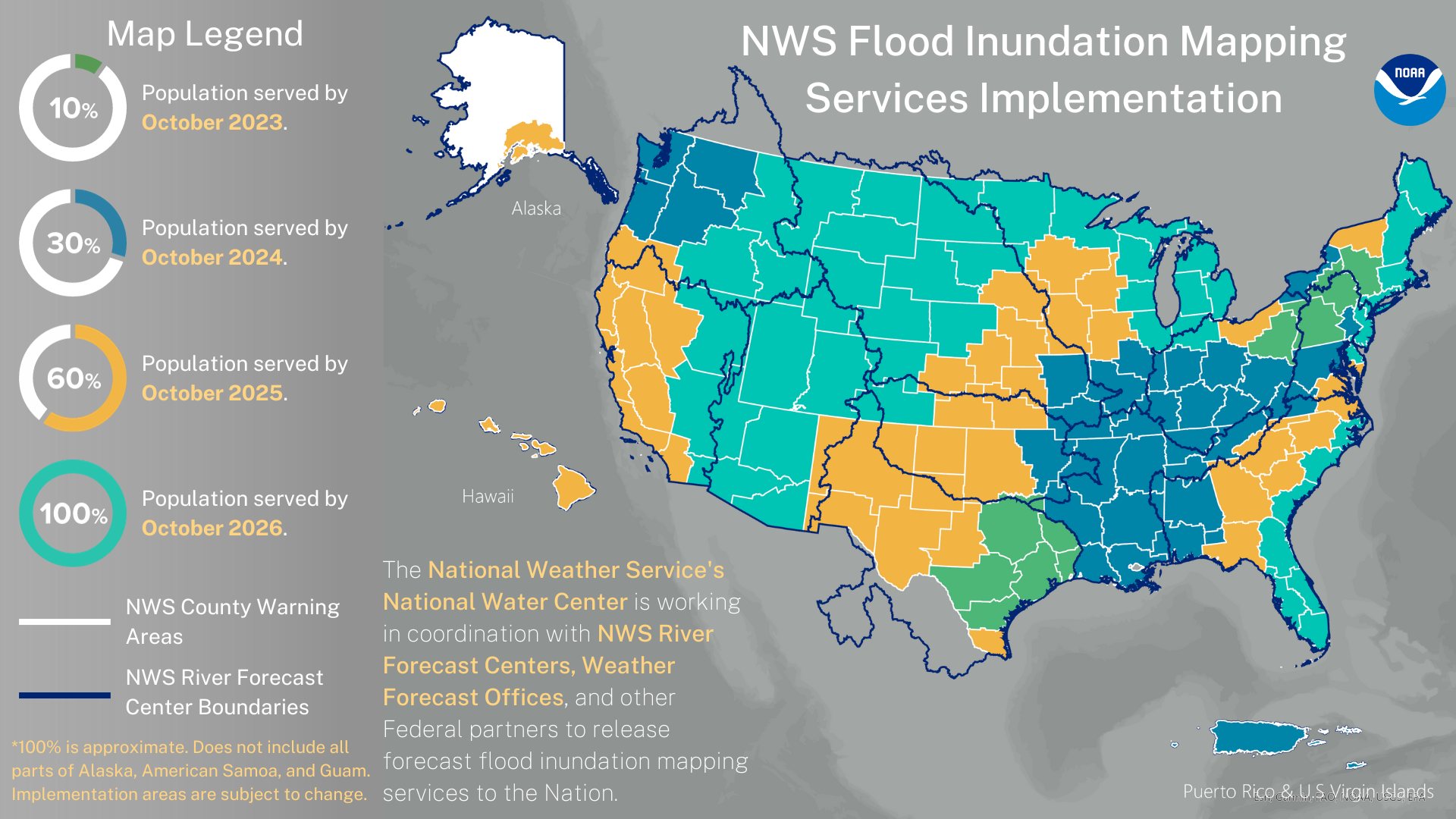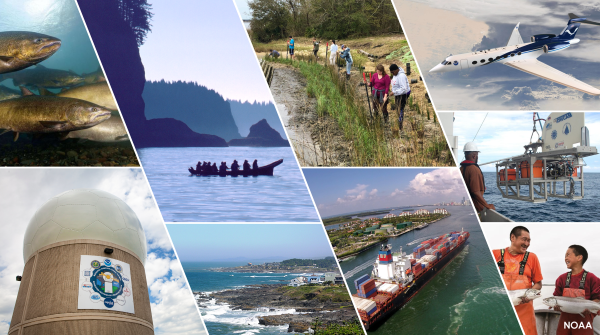From the NOAA Office of Organizational Excellence
Dear NWS Partners –
Your collaboration is critical to our mission, and we want to keep you updated with the latest happenings at NOAA and the National Weather Service! Here are some recent noteworthy items we wanted to share:
1. Transformation Roadmap for 2023
Released earlier this year, the NWS Strategic Plan set the direction for becoming a more nimble, flexible, and mobile National Weather Service by 2033. On October 26th, NWS launched its Transformation Roadmap, outlining our path to achieving these strategic goals.
Click to read the Transformation Roadmap
2. AI Language Translation Project
For the past 30 years, NOAA’s NWS has provided manual translations of weather forecasts and warnings into Spanish. Now, the agency has a new tool to provide more accurate, efficient, and equitable service.
Through a series of pilot projects over the past few years, NWS forecasters have been training artificial intelligence (AI) software for weather, water, and climate terminology in Spanish and Simplified Chinese. This effort was supported by the House Appropriations Committee in NOAA’s fiscal year 2023 Congressional budget.
Click to read more about the AI Language Translation Project
3. Fifth National Climate Assessment (NCA5)
In case you missed it, the recording of NOAA’s National Climate Assessment Stakeholder Briefing is now available. This congressionally mandated, quadrennial report brings together hundreds of experts from federal, state, and local governments, as well as academic, non-profit, and private sectors. The report is a roadmap to a better future through science-based information, data, and real-world examples of ways to reduce greenhouse gas pollution and develop resilience strategies.
Click here to view the full assessment.
4. New Orleans Radar Relocation
The WSR-88D Radar located in Slidell, LA will be relocated to Hammond Airport by early 2024.
The KLIX WSR-88D Radar move to Hammond, Louisiana will provide a drastic improvement in radar scanning strategies for areas of southeastern Louisiana that currently have poorer radar coverage.
Click here to read more about the WSR-88D radar relocation
5. RFI to Inform National Plan for Civil Earth Observations
A request for information (RFI) posted on the Federal Register last week. The White House Office of Science and Technology Policy (OSTP) requests public input and seeks information from stakeholders to inform the development of the congressionally mandated National Plan for Civil Earth Observations.
Click here to view the RFI and provide comments on the first draft of the 2023 National Plan.
6. Winter Campaign
The NWS Winter Safety Campaign officially launches today! Developed by the NWS Communications Division, the campaign consists of social media graphics, videos, and more to help build a Weather-Ready Nation.
We encourage all NWS partners to use and share this content as appropriate. Most of the campaign content can be found on the Winter Safety website. This public-facing website and its materials can be shared with anyone interested in messaging weather safety.
Click here to find all Winter Safety content so that you can spread the word!
7. See you in January!
Stay tuned for a Save the Date message for the NWS Partner Engagement Event at the 104th American Meteorological Society Annual Meeting in Baltimore, MD!
Thank you for your partnerships and have a great weekend!
Cindy Elsenheimer
Partnership Engagement Lead, NWS Office of Organizational Excellence




 Biden-Harris Administration announces $2.6 billion framework through Investing in America agenda to protect coastal communities and restore marine resources
Biden-Harris Administration announces $2.6 billion framework through Investing in America agenda to protect coastal communities and restore marine resources  A photo collage highlighting some of the initiatives from NOAA’s Inflation Reduction Act investments. (Image credit: NOAA) The historic $2.6 billion investment in climate resilience and coastal communities will help ensure communities, especially Tribes and vulnerable populations, have the resources and support needed to prepare, adapt and build resilience to weather and climate events as well as strengthen workforce development, marine resources, nature-based solutions, conservation, regional partnerships and Tribal priorities. The IRA funds will complement the investments already outlined in the nearly $3 billion Bipartisan Infrastructure Law (BIL) funding, including the
A photo collage highlighting some of the initiatives from NOAA’s Inflation Reduction Act investments. (Image credit: NOAA) The historic $2.6 billion investment in climate resilience and coastal communities will help ensure communities, especially Tribes and vulnerable populations, have the resources and support needed to prepare, adapt and build resilience to weather and climate events as well as strengthen workforce development, marine resources, nature-based solutions, conservation, regional partnerships and Tribal priorities. The IRA funds will complement the investments already outlined in the nearly $3 billion Bipartisan Infrastructure Law (BIL) funding, including the